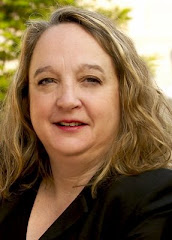 Today’s campfire story is about a huge international company. It seems the president of the firm announced one day the company would be carbon neutral in the near future. Walking the talk, they quickly implemented green meeting practices into their upcoming annual meeting—reducing and recycling wherever possible.
Today’s campfire story is about a huge international company. It seems the president of the firm announced one day the company would be carbon neutral in the near future. Walking the talk, they quickly implemented green meeting practices into their upcoming annual meeting—reducing and recycling wherever possible.One important component for the organization was to offset carbon produced by both the participant travel and the energy required to hold the meeting. The participant travel was to be offset by individuals either by signing up on the website when registering or by signing up onsite at several kiosks. In the weeks before the event we had a minimal amount of interest.
During the Opening Session, the President presented his plan for the carbon neutral program. He said that immediately after the session he was going to a kiosk to sign up to offset his travel and get a little green sticker for his name badge. He challenged others to join him. As the session ended, the offset kiosks were hit hard with participants signing up and getting their sticker. It seems the little green sticker became a “badge of honor” in this very competitive group. Some folks were even asking if they could offset twice and get two or pay more and get a different color like gold or platinum. This was by far the highest percentage of travel offset we have ever seen. I guess looking good for the boss is still a motivator.
Note: I will be posting about carbon, determining your footprint, and offsetting options in the next few blogs, so stay tuned.



